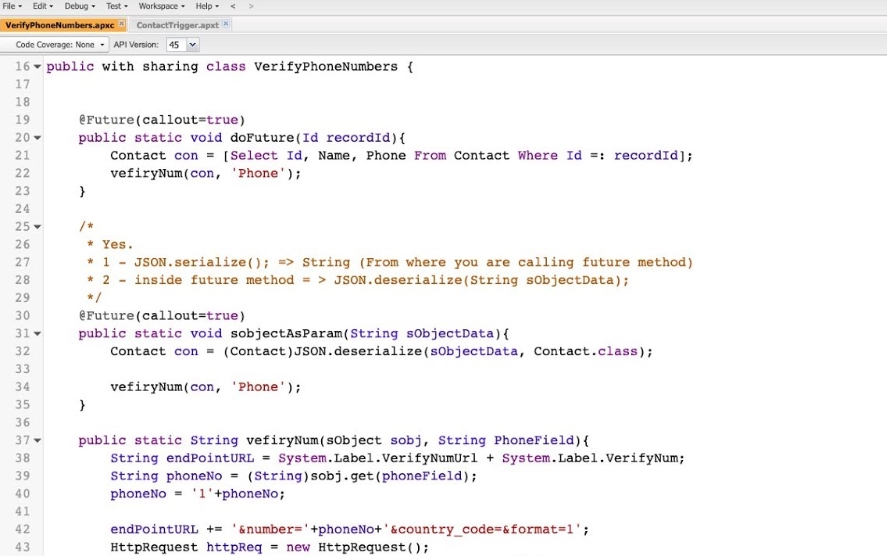What Not to Do With an Autistic Child

When you have a child with autism, you may hear various suggestions for parenting him or her. It is important to find out which style of parenting is appropriate for your child. Some parenting styles may not be appropriate for autistic children, such as permissive, hands-off, or helicopter parenting. If you’re unsure of which parenting style is right for your child, ask a professional for advice.
Avoiding situations that trigger autistic children
For children with autism, avoiding situations that trigger them can help them to cope with the disorder. There are many common scenarios that seem to be harmless to others but can be incredibly scary for autistic people. Often, these triggers can result in extreme anxiety. Fortunately, there are ways to prevent these situations.
Anúncios
First, avoid crowded and noisy places. Children with autism have trouble focusing, and they often feel frustrated and upset by noise or commotion. Try to limit the amount of distractions your child has at home, and always keep a predictable schedule for your child. Avoid shaming your child for being “naughty” – it has little or no effect on their behaviour. Instead, use calming techniques.
Creating a schedule for autistic children
Creating a schedule for autistic kids can help you and your child manage daily activities and improve communication skills. You can make this schedule visual to help your child understand the routines and changes in the day. You can also use pictures and other visual supports to show your child what is happening at the different times.
Anúncios
Visual schedules for autistic kids are helpful for children with autism because they are much more likely to understand when to do certain things. The schedule should be designed so that your child can easily see how long it will take them to complete certain tasks. For example, you can make a schedule that shows the steps your child needs to take to complete three tasks. The child will be able to see that they need to do them in a particular order in order to get a reinforcer.
Visual schedules can help your autistic child to learn new things and transition from group study time to independent study time. They can also help your child develop confidence and social skills. A visual schedule can be a great self-esteem booster for a child who has trouble interacting with others.
Setting boundaries for autistic children
Setting boundaries for autistic children is very important. Your child may ask for attention in many different ways on a daily basis, and they may ask repetitive questions. The best way to avoid getting overwhelmed and constantly engaging your child is to learn to say no. When this happens, it is important to remember that you are not alone and that there is help available.
In setting boundaries, you need to be consistent and clear about your expectations. Your child should be able to understand what you expect of him or her. When setting limits, it is important to be kind and empathetic. In this way, your child will become less critical of you. If your child is not able to understand why you are setting limits, it’s a good idea to explain to them the reasoning behind your boundaries.
When setting boundaries for autistic children, it is important to remember that your child may not have the same expectations as you do. This is important because autistic people are very literal and may not be aware of social etiquette. They need help to learn the rules of the game, and establishing limits can help them learn more about how to behave.



